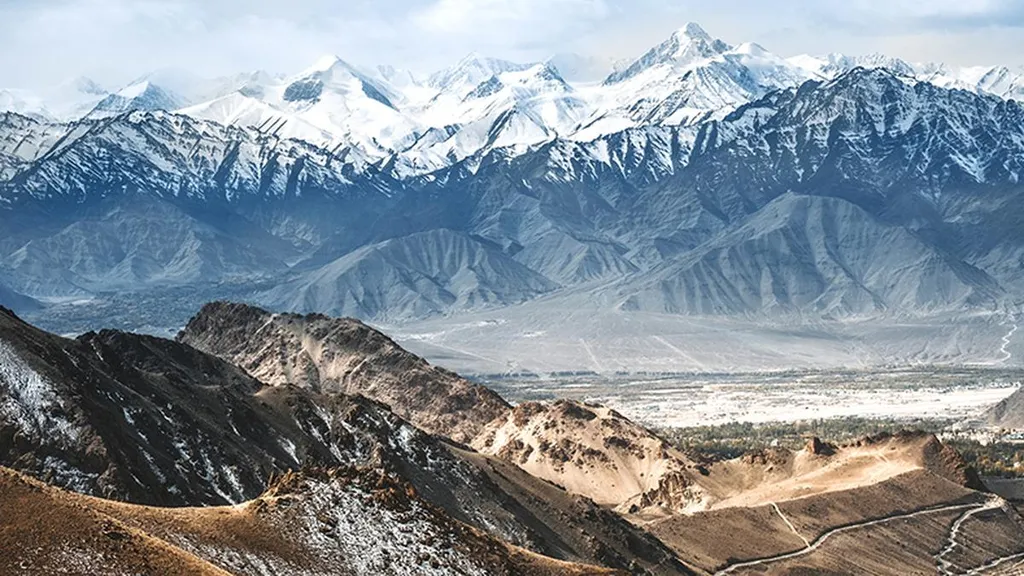In the rugged, inaccessible terrains of northwestern Pakistan, a treasure trove of mineral resources lies hidden, waiting to be uncovered. A recent study led by Islam Nazir Ul from the School of Earth Science and Resources at Chang’an University in China, published in the Open Geosciences (which translates to “Open Geosciences” in English), is shedding new light on how to efficiently and accurately detect these valuable deposits using advanced remote sensing technologies and machine learning techniques.
The study focuses on the collisional remnants of the Himalaya-Hindukush region, an area known for its hydrothermal deposits hosting economic minerals. The challenging topography has made traditional geological mapping difficult, but the integration of ASTER and ZY1-02D remote sensing data is changing the game. “The primary applications of these data include the extraction of alteration zones to detect economically significant minerals and depicting lithological units,” explains Nazir Ul.
The research team employed a suite of integrated remote sensing techniques, including false color composite, decorrelation stretching, band ratio, and machine-learning algorithms such as maximum likelihood classification, spectral angle mapper, neural net classification, and match filtering. These advanced methods allowed them to identify 11 lithological units and several mineralization zones, containing key indicator minerals like kaolinite, muscovite/sericite, calcite, and chlorite. These minerals point to potential copper and iron mineralization, driven by hydrothermal alteration from granitic plutons in the region.
The study’s findings were validated through field observations, spectrometry, and petrographic analysis, proving the effectiveness of the implemented approaches in delineating mineralization zones and discriminating lithological units. This research not only enhances our understanding of the geological processes at play but also opens up new avenues for mineral exploration in similarly challenging terrains.
The commercial implications for the energy sector are significant. As the world continues to demand more minerals for various industrial applications, the ability to efficiently and accurately detect mineral deposits becomes increasingly valuable. “This study proves the effectiveness of integrated remote sensing and machine learning techniques in mineral exploration,” says Nazir Ul. “It paves the way for more efficient and cost-effective exploration strategies, particularly in areas with rugged and inaccessible terrain.”
The research also highlights the potential for these techniques to be applied in other regions with similar geological characteristics, offering a blueprint for future mineral exploration efforts. As the energy sector continues to evolve, the integration of advanced technologies like those used in this study will be crucial in meeting the growing demand for minerals while minimizing environmental impact.
In conclusion, this study represents a significant step forward in the field of mineral exploration. By leveraging the power of remote sensing and machine learning, researchers have unlocked new possibilities for detecting and extracting valuable mineral resources, ultimately shaping the future of the energy sector. The findings published in Open Geosciences provide a compelling case for the broader adoption of these technologies in geological mapping and mineral exploration.

